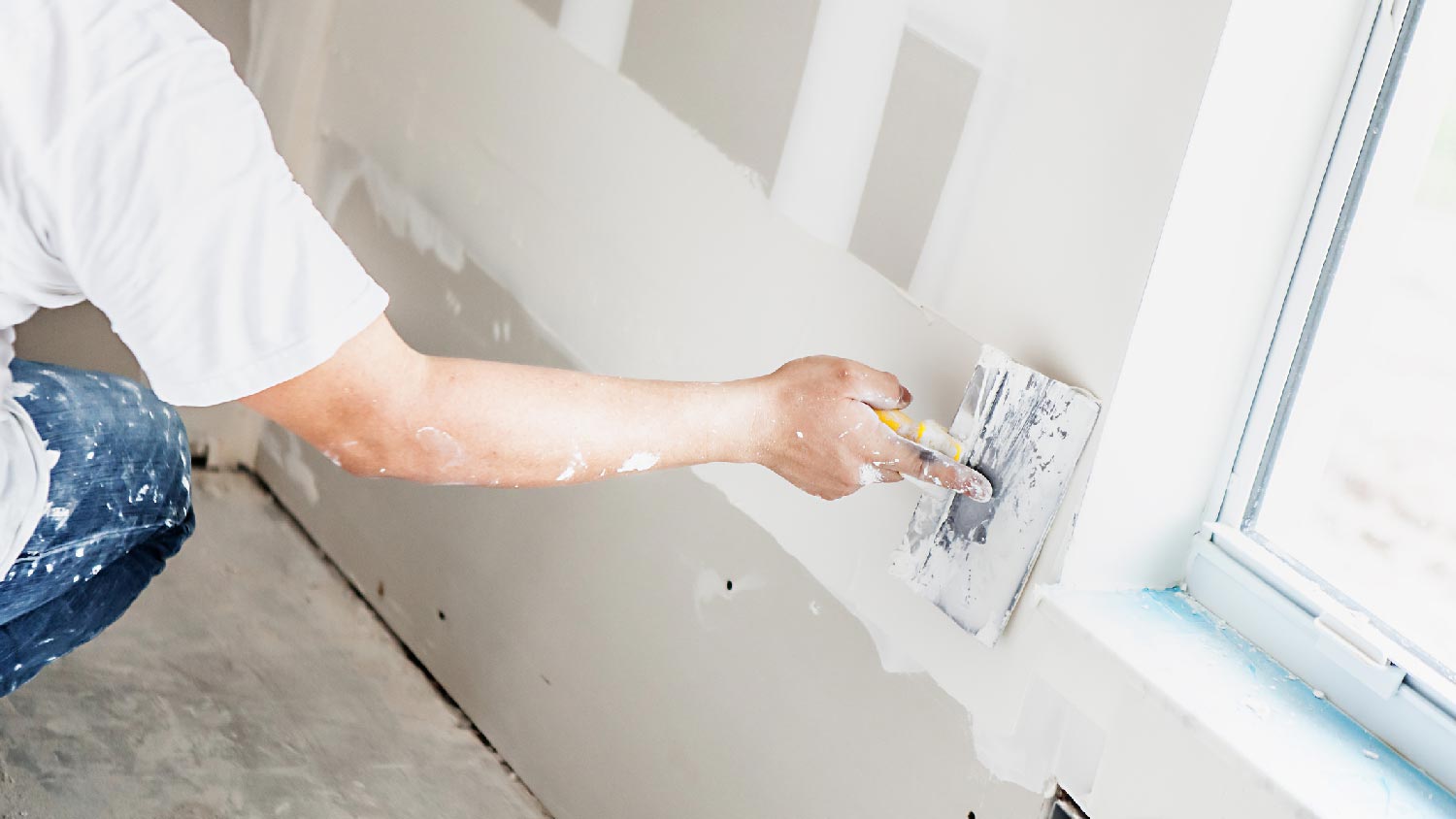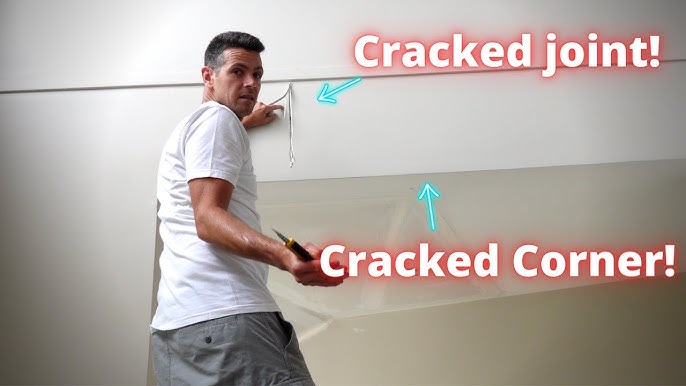A Comprehensive Guide to Learning Drywall Repair and Installation
This overview uses a complete exploration of drywall repair work and setup, catering to both beginners and skilled professionals. It outlines necessary devices, strategies for patching and hanging sheets, and the crucial ending up processes. Interior Painting. By understanding usual mistakes, individuals can achieve polished outcomes. Understanding these abilities not only boosts one's home however additionally builds confidence in DIY ventures. What foundational tips will ensure a successful job throughout?
Essential Devices for Drywall Repair and Installation
When beginning on drywall fixing and installment, a few important tools can considerably improve the performance and high quality of the job. A drywall blade, typically available in various sizes, is essential for applying joint compound and smoothing seams. A taping blade is additionally required for feathering edges and making certain a seamless coating. In addition, a drywall saw or utility blade permits accurate cutting of drywall sheets to fit any type of area.

Step-by-Step Guide to Patching Holes
Covering openings in drywall is a simple process that can bring back the wall's appearance and honesty. To begin, the area around the hole must be cleansed and any type of loose debris removed. For tiny holes, a basic spackle or joint substance can be used with a putty knife. Larger holes may need a spot; a piece of drywall can be cut to fit the hole, secured with glue or screws, and afterwards taped around the sides. As soon as the patch remains in area, joint compound is applied over the patch and feathered out to blend with the bordering wall. After the compound dries out, fining sand is necessary to achieve a smooth finish. The fixed area can be primed and repainted to match the rest of the wall surface. This technique ensures a seamless repair work, enhancing the overall look of the drywall and maintaining its architectural integrity.
Techniques for Hanging Drywall Sheets
After effectively fixing holes in drywall, the next step entails hanging new drywall sheets to produce a seamless surface. To accomplish this, one need to begin by gauging the wall surface space precisely and cutting the drywall sheets to fit. It is vital to hang the sheets flat for far better architectural integrity, beginning from the top and functioning downwards.
Making use of a drywall lift can streamline the procedure, particularly for ceiling setups. As soon as positioned, protecting the sheets with drywall screws at periods of concerning 12 inches along the sides and 16 inches in the area is necessary. This assures a firm hold and decreases the threat of sagging. For corners, the sheets should be reduced to fit snugly, permitting cleaner seams. Ultimately, it is a good idea to visit stagger the joints between sheets to strengthen the general structure, creating a more resilient finish all set for the following stage in the drywall installation procedure.
Ending Up Touches: Insulation and Mudding
Finishing the drywall installation involves the essential actions of taping and mudding, which ensure a smooth and sleek finish. Taping needs the application of joint tape over the seams in between drywall sheets. drywall contractor. This tape can be either paper or fiberglass mesh, with each type offering unique advantages. After taping, the next step is mudding, where joint substance, or "mud," is put on cover the tape and fill up any flaws
Utilizing a drywall blade, the compound ought to be spread out equally, making certain a feathery side to minimize visible changes. Numerous coats are often needed, with sanding in between each layer to achieve a smooth surface area. Cautious focus during this procedure is important, as it substantially influences the final look of the wall surface. With the best technique and patience, the end result will certainly be a remarkable structure ready for paint or ending up touches.
Usual Errors to Stay Clear Of in Drywall Projects

Another common mistake is not permitting sufficient drying time in between coats, which can catch moisture and endanger the surface. Neglecting to feather the edges correctly can create noticeable lines and imperfections. Missing sanding or utilizing inappropriate strategies may leave harsh spots. By recognizing these challenges, people can greatly enhance the quality of their drywall tasks and attain a professional-looking finish.
Regularly Asked Concerns
Can I Repair Drywall Without Professional Assist?
Yes, one can repair drywall without professional assistance. With the right tools, materials, and advice, individuals can effectively manage minor repair work. Substantial damage might require professional expertise for suitable outcomes and sturdiness.
For How Long Does Drywall Compound Require To Dry?
Drywall substance typically takes between 24 to 2 days to completely dry totally, depending upon aspects such as humidity and temperature level. Thinner layers might dry quicker, while thicker applications require more time for excellent results.
What's the Best Sort Of Paint for Drywall?
The ideal kind of paint for drywall is typically a water-based latex paint. It gives exceptional insurance coverage, durability, and simplicity of application, making it suitable for indoor wall surfaces while permitting very easy cleanup with soap and water.

Exactly how Do I Protect Against Mold And Mildew on Drywall?
To avoid mold and mildew on drywall, warranty correct ventilation, control moisture levels, make use of mold-resistant materials, and quickly attend to any leakages. Normal evaluations and prompt removal of water damages are likewise important for long-lasting avoidance.
Is Drywall Recyclable After Elimination?
Drywall is recyclable after elimination, supplied it is complimentary from impurities like mold and mildew, paint, or other hazardous materials. Recycling facilities can process you can try these out it into new items, advertising sustainability and minimizing landfill waste in construction.
When starting on drywall repair service and setup, a couple of crucial tools can substantially improve the effectiveness and top quality of the job. After successfully fixing openings in drywall, the next step entails their explanation hanging brand-new drywall sheets to develop a smooth surface area. Finishing the drywall setup entails the vital steps of taping and mudding, which ensure a smooth and polished finish. Accomplishing a refined surface in drywall jobs can be tough, and several typical errors can threaten the high quality of the work. Yes, one can fix drywall without professional help.